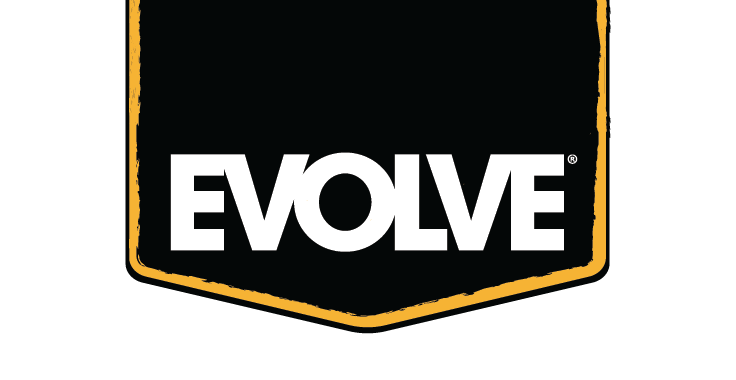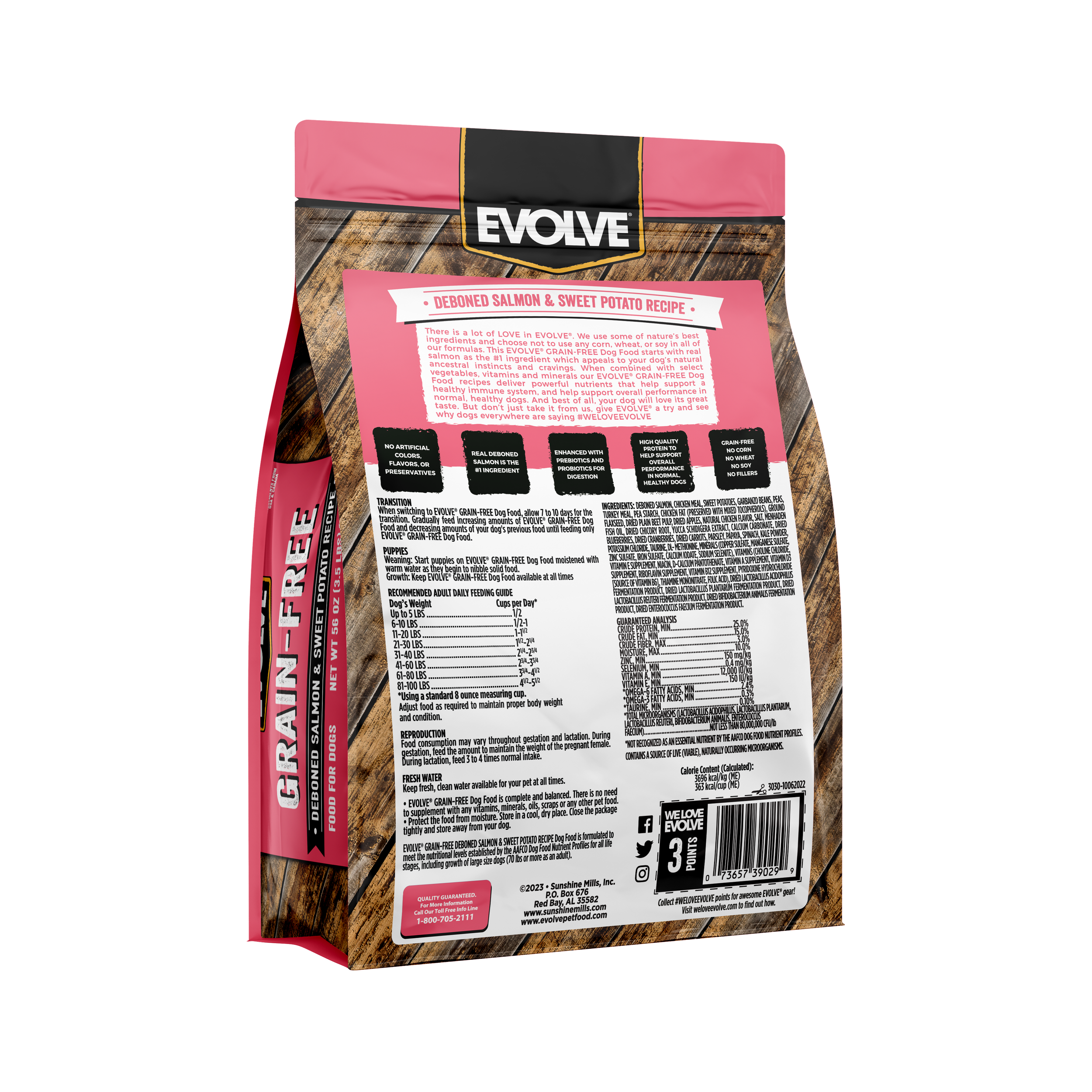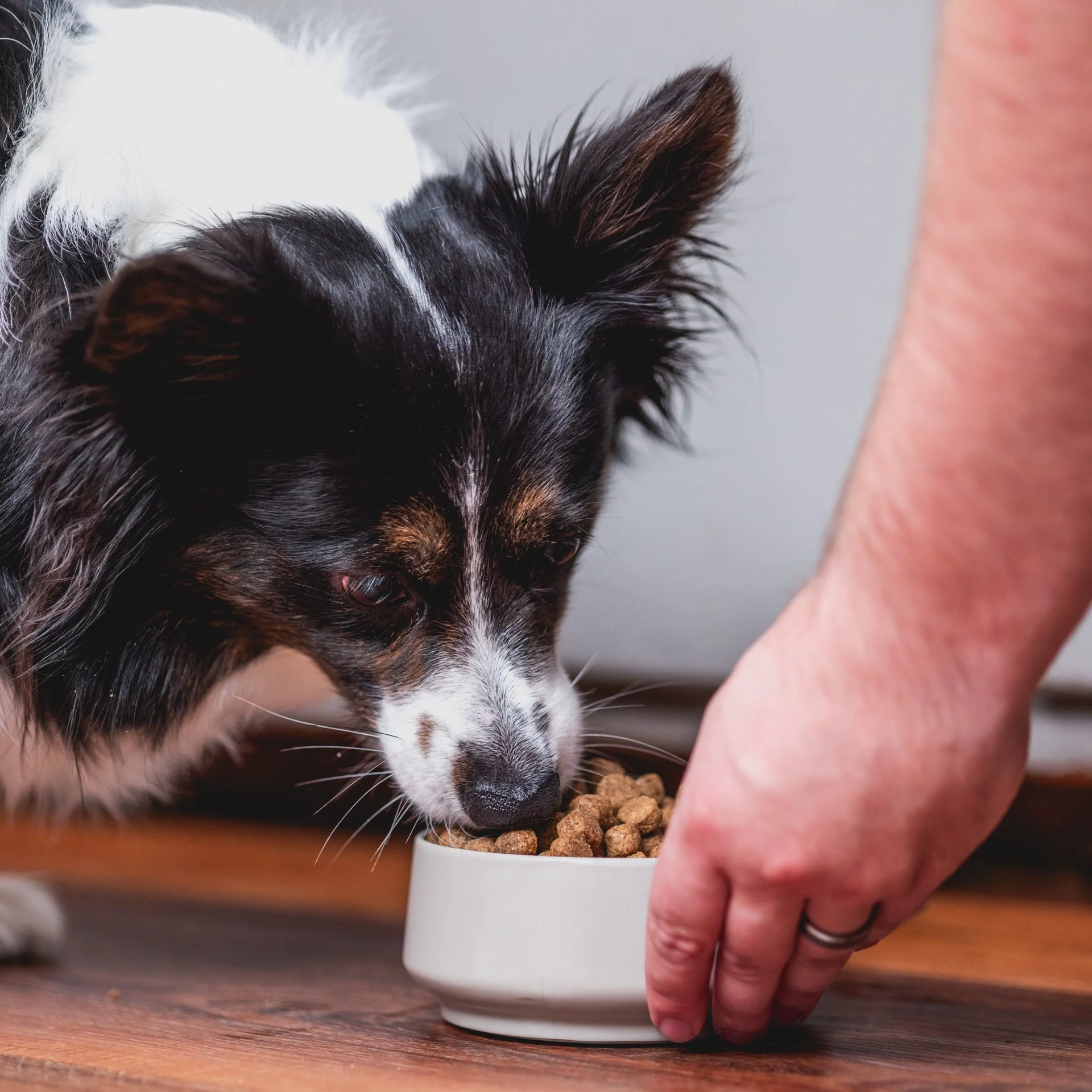The Science Behind Pet Food: Understanding Labels and Ingredients
Pet food labels can feel like a confusing jumble of words and percentages, but understanding them is essential for ensuring your furry friend gets the nutrition they need. This guide will walk you through each section of a pet food label, explaining what the terms mean and how to identify high-quality ingredients.
Why Reading Pet Food Labels Matters
Choosing the right pet food is more than just picking a brand with a cute logo. It’s about understanding the nutritional content, ingredients, and quality of the product. By learning to read labels, you can make informed choices that support your pet’s health and well-being.
Key Sections of a Pet Food Label
Product Name:
The product name can give you important clues about the food’s composition. If the label says, “Chicken Dog Food,” it must contain at least 95% chicken by weight. If it says, “Chicken Dinner” or “Chicken Formula,” Chicken must constitute 25% of the total product weight. Pay attention to terms such as “flavor” or “with,” as they often indicate minimal amounts of the named ingredient. For example, "with" is at least 3% of the total product weight. "Flavor" only needs a minimal amount identified in the ingredient listing as the source of the flavor.Ingredient List:
Ingredients are listed in the order of formula weight, meaning the ingredient that contributes the most weight in the formula is listed first. Look for named animal proteins like “chicken,” “beef,” or “salmon” rather than generic terms like “meat” or “poultry.” Avoid foods that list fillers or animal by-products as primary ingredients. That's why you will always find our whole protein (duck, salmon, beef, chicken) as the first ingredient in the ingredient list, because we make sure to give your pet the best of the most crucial ingredients.Guaranteed Analysis:
This section outlines the minimum percentages of crude protein and fat, and the maximum percentages of crude fiber and moisture. Understanding these percentages can help you compare products and determine if a food meets your pet’s dietary needs.Nutritional Adequacy Statement:
This statement indicates whether the food is suitable as a Complete Pet Food (Complete and Balanced for All Life Stages), Complete Adult Pet Food (Complete and Balanced for Adults), or Complete Puppy/Kitten Food(For All Life Stages, but also for growing puppies/kittens). Look for the phrase “complete and balanced” as per AAFCO guidelines, which ensures the food meets minimum nutritional requirements for your pet’s life stage.Feeding Guidelines:
Feeding recommendations are based on your pet’s weight and age. Keep in mind that these are general guidelines and may need to be adjusted based on your pet’s specific needs and activity level.Manufacturer’s Information:
This section provides details about the brand and how to contact them with questions or concerns. Reputable brands will include contact information and a website.
Choosing High-Quality Pet Food
When selecting pet food, prioritize products that list whole proteins as the first ingredient, contain minimal fillers, and avoid artificial additives. Evolve Pet Food is committed to providing nutrient-dense, balanced meals that prioritize wholesome, real ingredients. Check out our range of premium pet foods at Evolve Pet Food.
Final Thoughts
Understanding pet food labels empowers you to make better choices for your pet’s health. By learning what each section means and identifying quality ingredients, you can ensure that your pet gets the balanced nutrition they need to thrive.





















